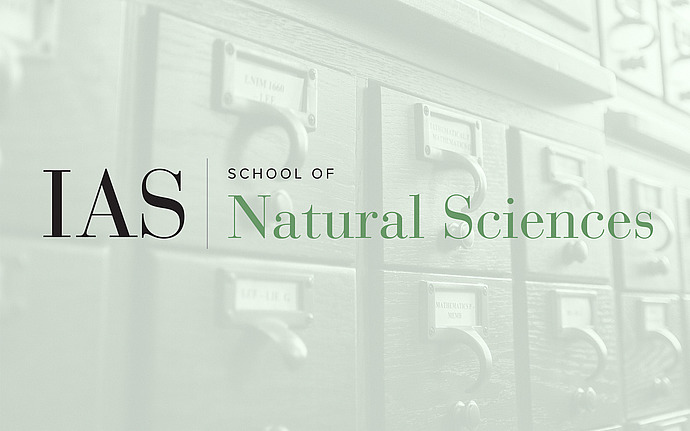
Institute for Advanced Study / Princeton University Joint Astrophysics Colloquium
The Nearby Universe - A Laboratory to Study the Cosmic Build-up of Dust and Metals in Galaxies
A key component of the baryon cycle in galaxies is the cycle of metals between the gas and the dust phases in the neutral interstellar medium (ISM). How this cycle depends on environment (in particular metallicity and density) has important implications for how accurately we can trace the chemical enrichment of the universe over cosmic times; either by using dust emission in the far-infrared as a tracer of the ISM in galaxies at high and low redshift; or by using spectroscopy of damped Lyman-alpha systems (DLAs) to measure chemical abundances in neutral gas over a wide range of redshifts. Variations of the abundance and properties of dust within and between galaxies furthermore profoundly affects their evolution, given the key role that dust plays in the chemistry, radiative transfer, and thermodynamics of galaxies. In this talk, I will present results from several independent observational efforts to characterize the dust abundance (dust-to-gas and dust-to-metal ratios) in the Magellanic Clouds and other nearby low-metallicity galaxies, using emission-based tracers of the interstellar medium (FIR, HI 21 cm, CO rotational emission) to map their dust and gas content on the one hand; and using UV absorption spectroscopy with Hubble to directly count metals in the gas phase on the other hand. Both types of studies demonstrate significant variations of the dust abundance with density (within galaxies) and metallicity (between galaxies), which have important implications for the sub-grid physics of galaxy evolution. Surprising patterns in the gas-phase abundances were found from the Hubble spectroscopy, and an interesting tension between the emission-based and absorption-based measurements remains unexplained.